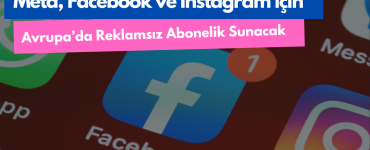Since the invention of media (the book, the record, the movie…), there’s been a pyramid of value and pricing delivered by those that create it:
Free content is delivered to anyone who is willing to consume it, usually as a way of engaging attention and leading to sales of content down the road. This is the movie trailer, the guest on Oprah, the free chapter, the tweets highlighting big ideas.
Mass content is the inevitable result of a medium where the cost of making copies is inexpensive. So you get books for $20, movie tickets for $8 and newspapers for pocket change. Mass content has been the engine of popular culture for a century.
Limited content is something rare, and thus more expensive. It’s the ticket that everyone can’t possibly buy. This is a seat in a Broadway theater, attendance at a small seminar or a signed lithograph.
And finally, there’s bespoke content. This is the truly expensive, truly limited performance. A unique painting, or hiring a singer to appear at an event.
Three things just happened:
A. Almost anyone can now publish almost anything. You can publish a book with out a publisher, record a song without a label, host a seminar without a seminar company, sell your art without a gallery. This leads to an explosion of choice. (Or from the point of view of the media producer, an explosion of clutter and competition).
B. Because of A, attention is worth more than ever before. The single gating factor for almost all success in media is, “do people know enough about it to choose to buy something?”
C. The marginal cost of one more copy in the digital world is precisely zero. One more viewer on YouTube, one more listener to your MP3, one more blog reader–they cost the producer nothing to produce or deliver.
As a result of these three factors, there’s a huge sucking sound, and that’s the erosion of mass as part of the media model. Fewer people buying movie tickets and hardcover books, more people engaging in free media.
Overlooked in all the handwringing is a rise in the willingness of some consumers (true fans) to move up the pyramid and engage in limited works. Is this enough to replace the money that’s not being spent on mass? Of course not. But no one said it was fair.
By head count, just about everyone who works in the media industry is in the business of formalizing, reproducing, distributing, marketing and selling copies of the original creative work to the masses. The creators aren’t going to go away–they have no choice but to create. The infrastructure around monetizing work that used to have a marginal cost but no longer does is in for a radical shift, though.
Media projects of the future will be cheaper to build, faster to market, less staffed with expensive marketers and more focused on creating free media that earns enough attention to pay for itself with limited patronage.
Source: Seth Godin`s Newsletter















Yorum ekle